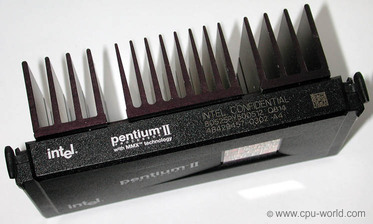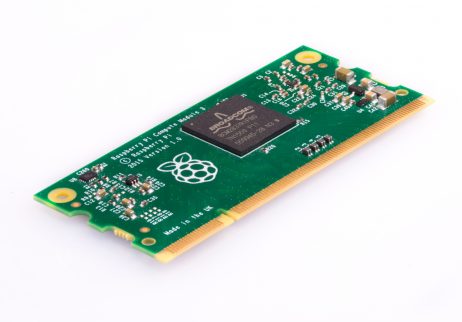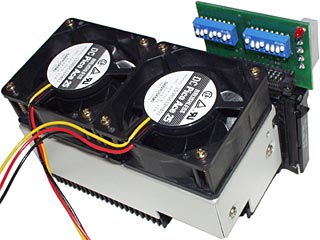- Apr 20, 2008
- 10,067
- 990
- 126


With the reemergence of low TDP chips coming back into style, cooling a modern processor doesn't require much these days. The simplicity of swapping out CPUs would lead to more CPU sales in comparison to motherboards as people could upgrade far easier. Reusing motherboards with newer generations of CPUs is possible as most of the system would be contained to the slot.
Would you support the change?







